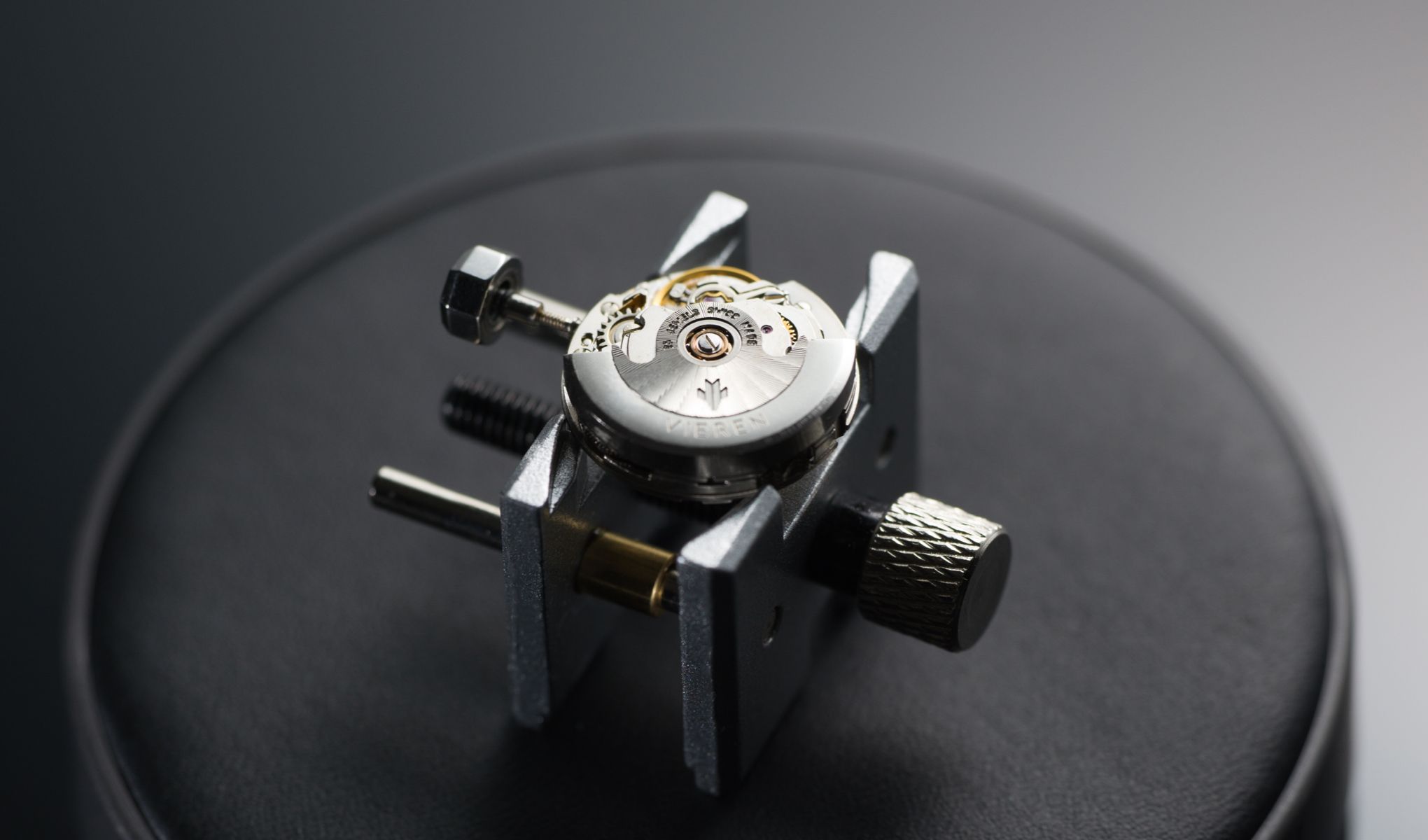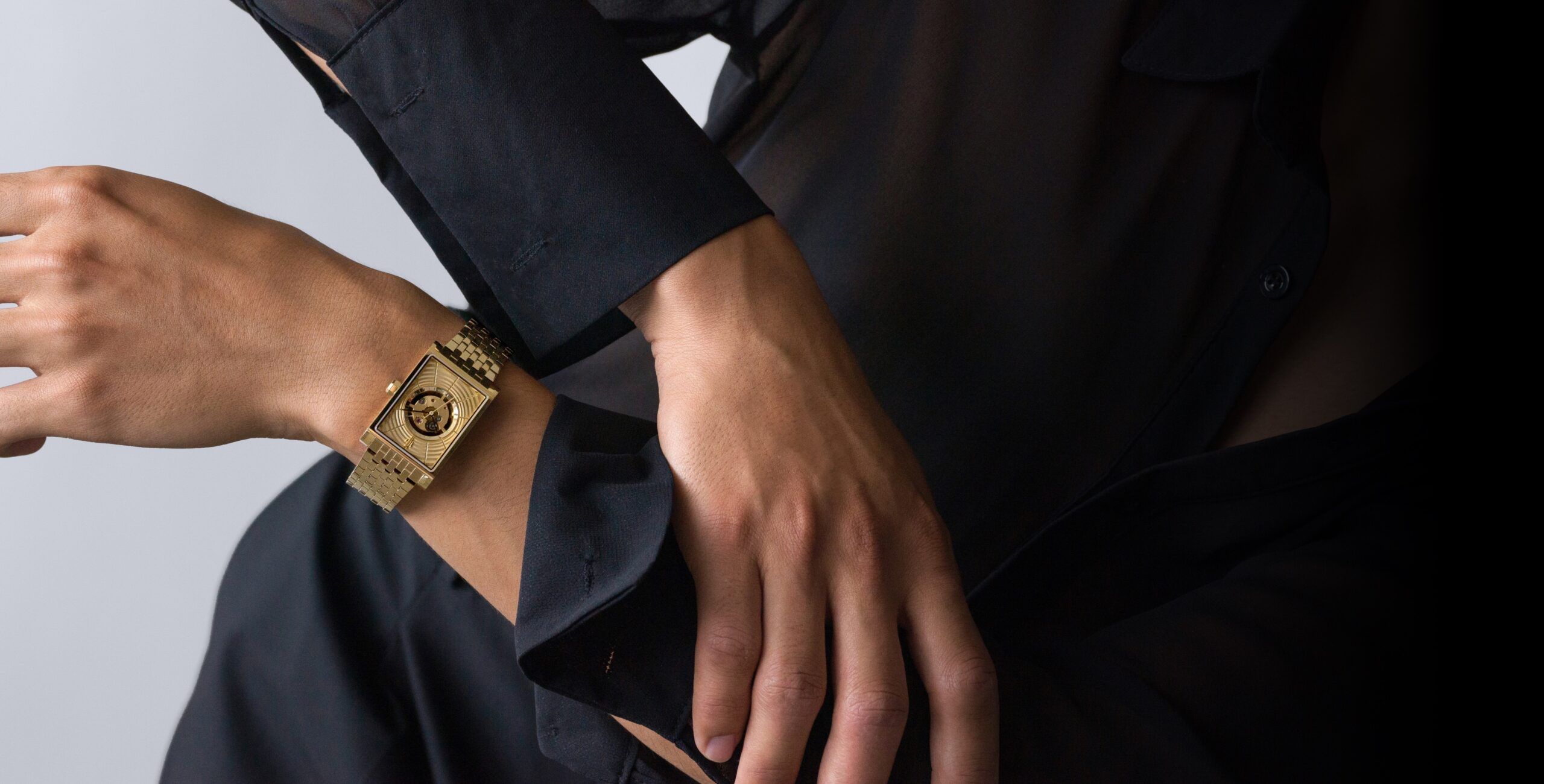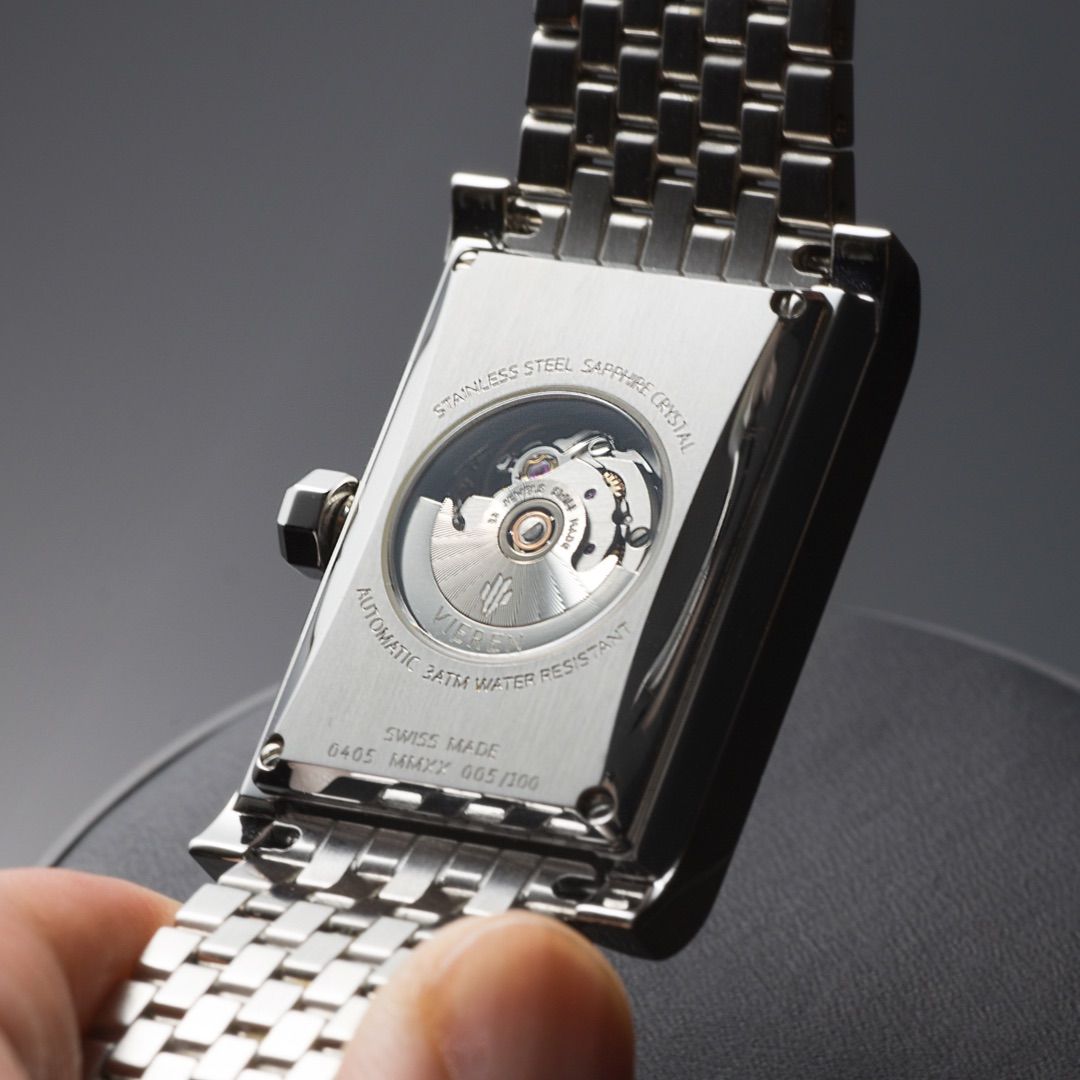
Are Automatic Watches Worth It? Pros, Cons, and What to Expect
Explore the investment value of automatic movement watches and decide if they’re the right fit for your lifestyle.
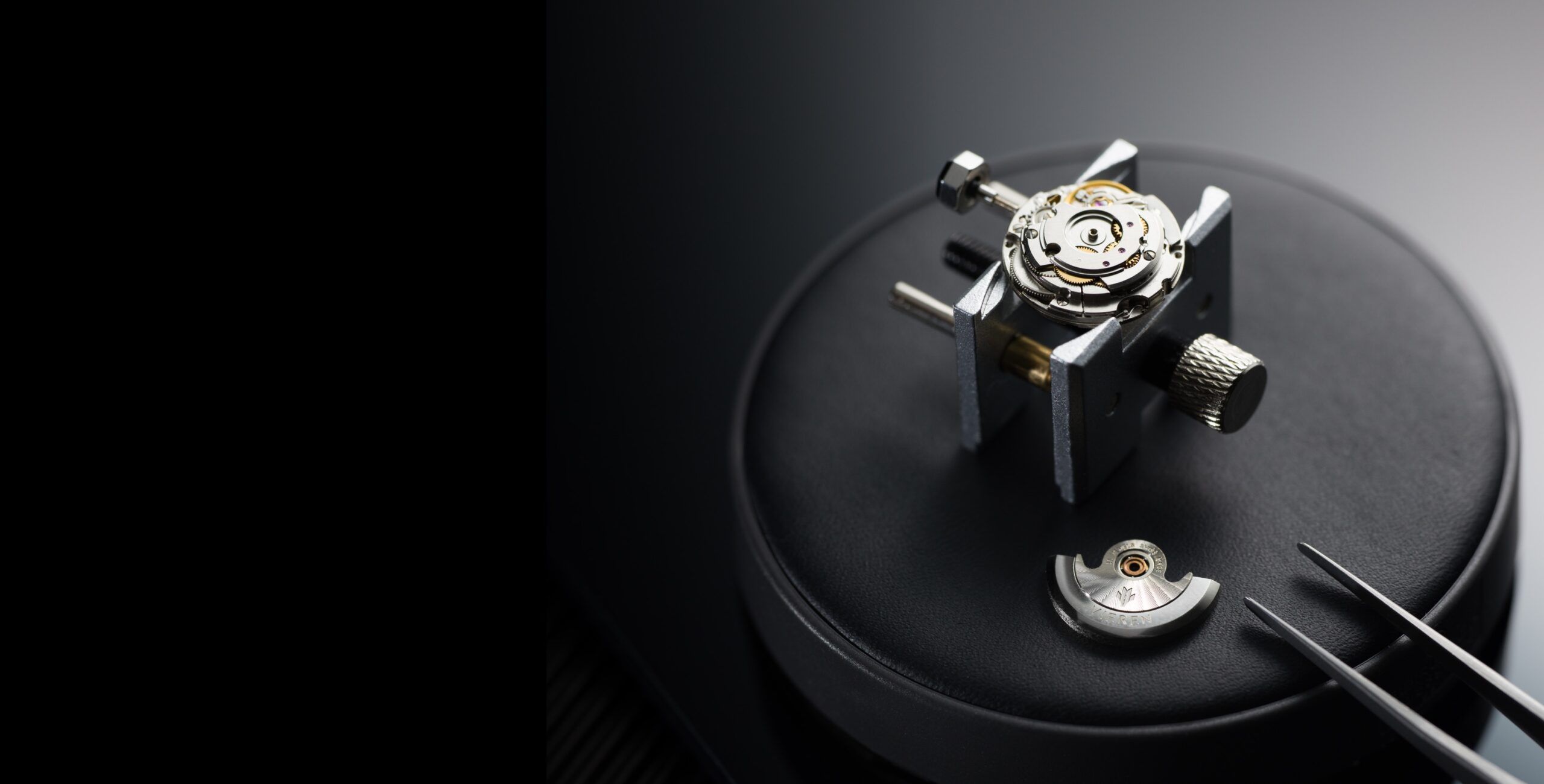
✓ Craftsmanship: Traditional hand-assembled precision
✓ No Battery: Powered entirely by mechanical energy
✓ Longevity: With care, these watches can last generations
✘ Manual Winding: Requires regular winding every 24-72 hours
✘ Less Accurate: Can gain or lose seconds over time
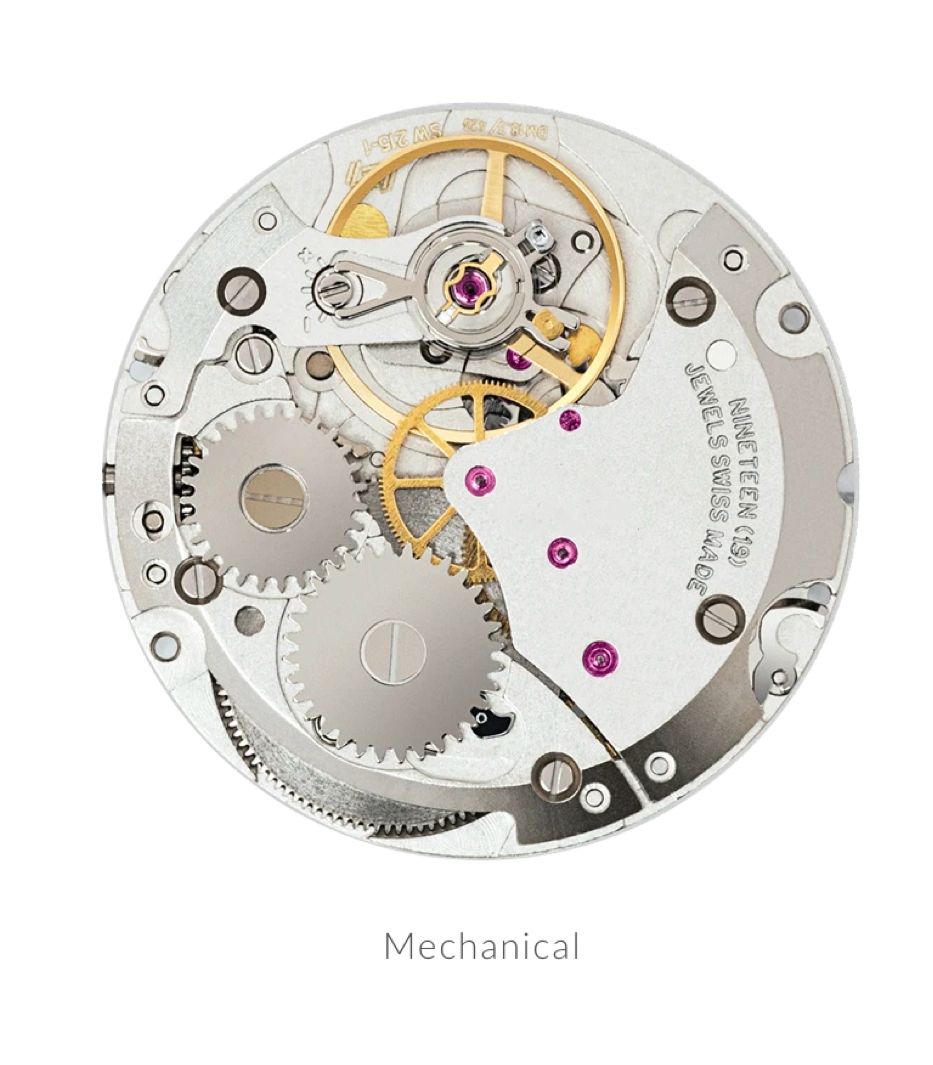
✓ Craftsmanship: Traditional hand-assembled precision
✓ No Battery: Powered entirely by mechanical energy
✓ Longevity: With care, these watches can last generations
✘ Manual Winding: Requires regular winding every 24-72 hours
✘ Less Accurate: Can gain or lose seconds over time

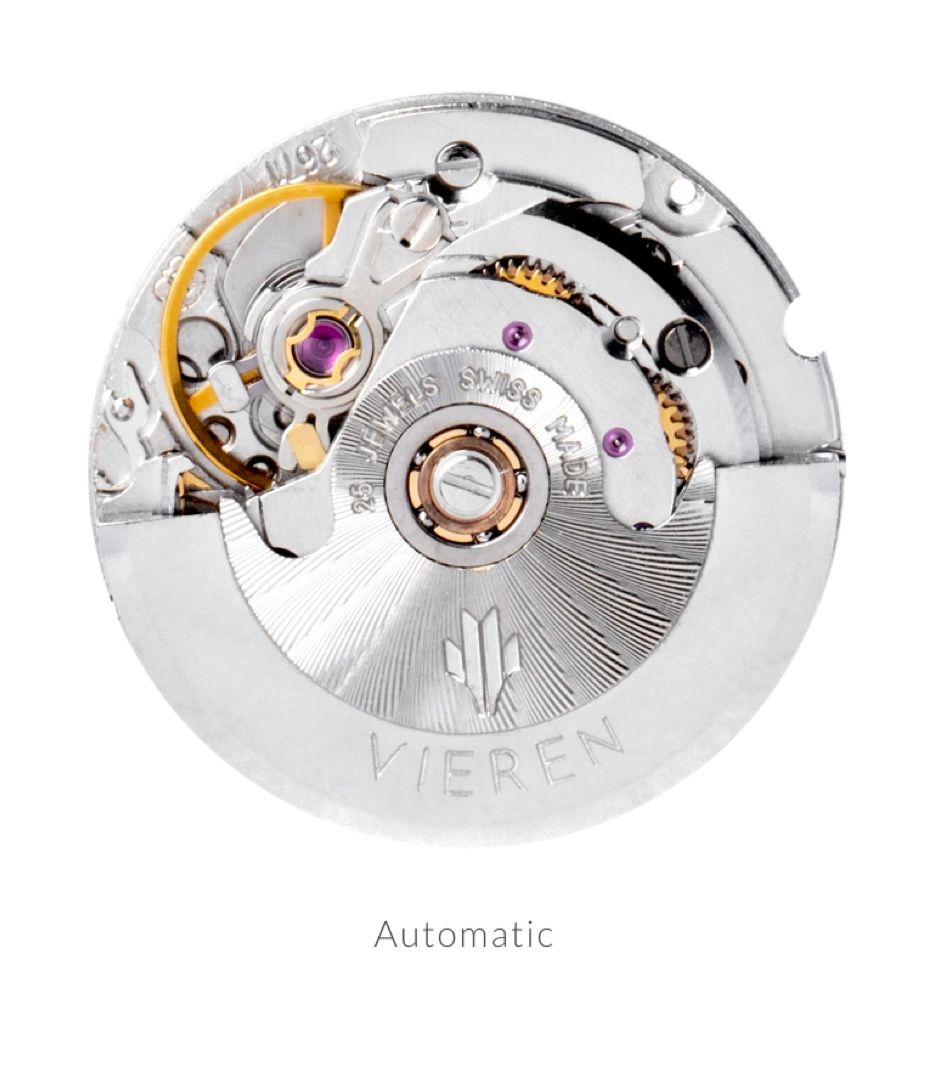
✓ Self-Winding: No need for daily winding if worn consistently
✓ Craftsmanship: Combines traditional and modern engineering
✓ Sustainability: No batteries required, making them eco-friendly
✘ Wear or Wind: Stops if not worn for 1-2 days or manually wound
✘ Higher Cost: Often pricier due to complex mechanisms

✓ Self-Winding: No need for daily winding if worn consistently
✓ Craftsmanship: Combines traditional and modern engineering
✓ Sustainability: No batteries required, making them eco-friendly
✘ Wear or Wind: Stops if not worn for 1-2 days or manually wound
✘ Higher Cost: Often pricier due to complex mechanisms
✓ Reliable: Highly accurate, with minimal deviation
✓ Low Maintenance: Requires new batteries every 1-2 years
✓ Affordable: Cheaper than mechanical or automatic watches
✘ Battery Dependency: Regular battery replacements are needed
✘ Less Craftsmanship: Lacks the intricate artistry of mechanical or automatic watches
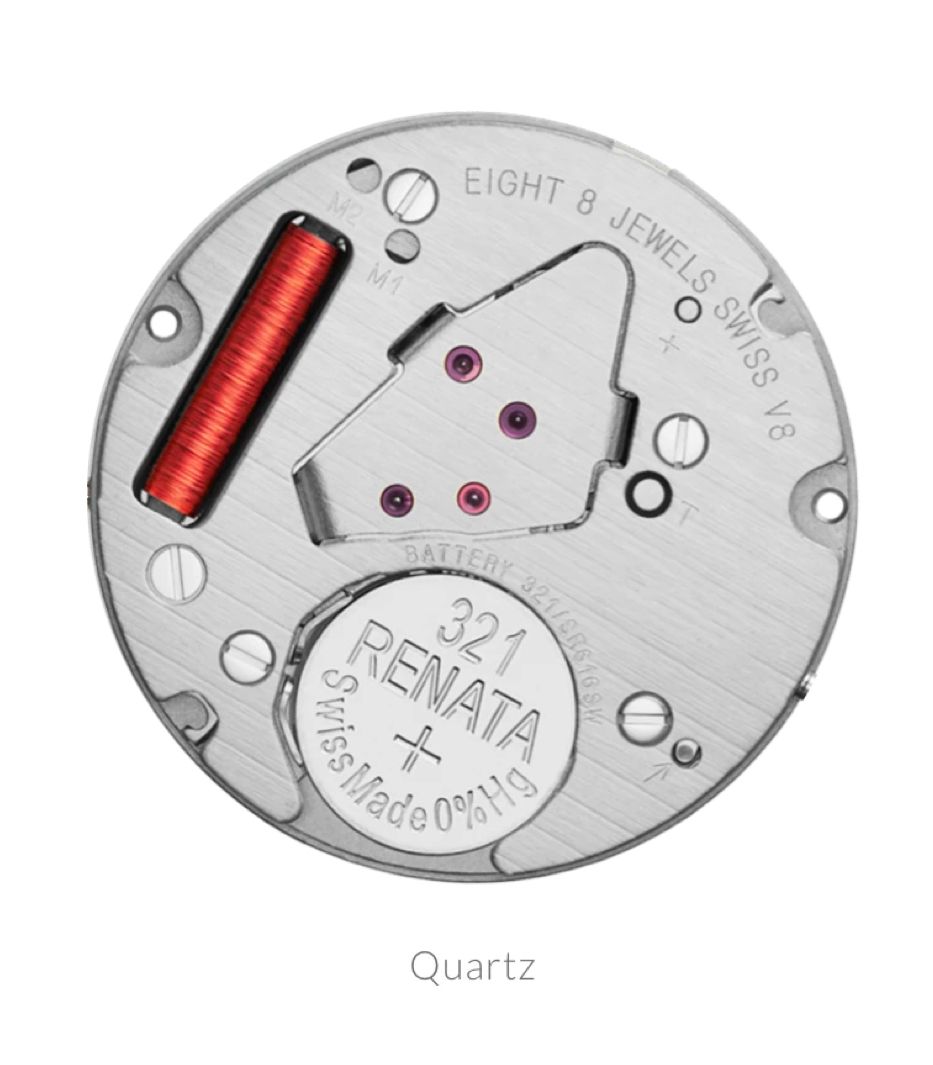
✓ Reliable: Highly accurate, with minimal deviation
✓ Low Maintenance: Requires new batteries every 1-2 years
✓ Affordable: Cheaper than mechanical or automatic watches
✘ Battery Dependency: Regular battery replacements are needed
✘ Less Craftsmanship: Lacks the intricate artistry of mechanical or automatic watches

Understanding the differences between mechanical, automatic, and quartz movements helps you choose a timepiece that suits your preferences—whether you value craftsmanship, convenience, or precision.
Understanding the differences between mechanical, automatic, and quartz movements helps you choose a timepiece that suits your preferences—whether you value craftsmanship, convenience, or precision.
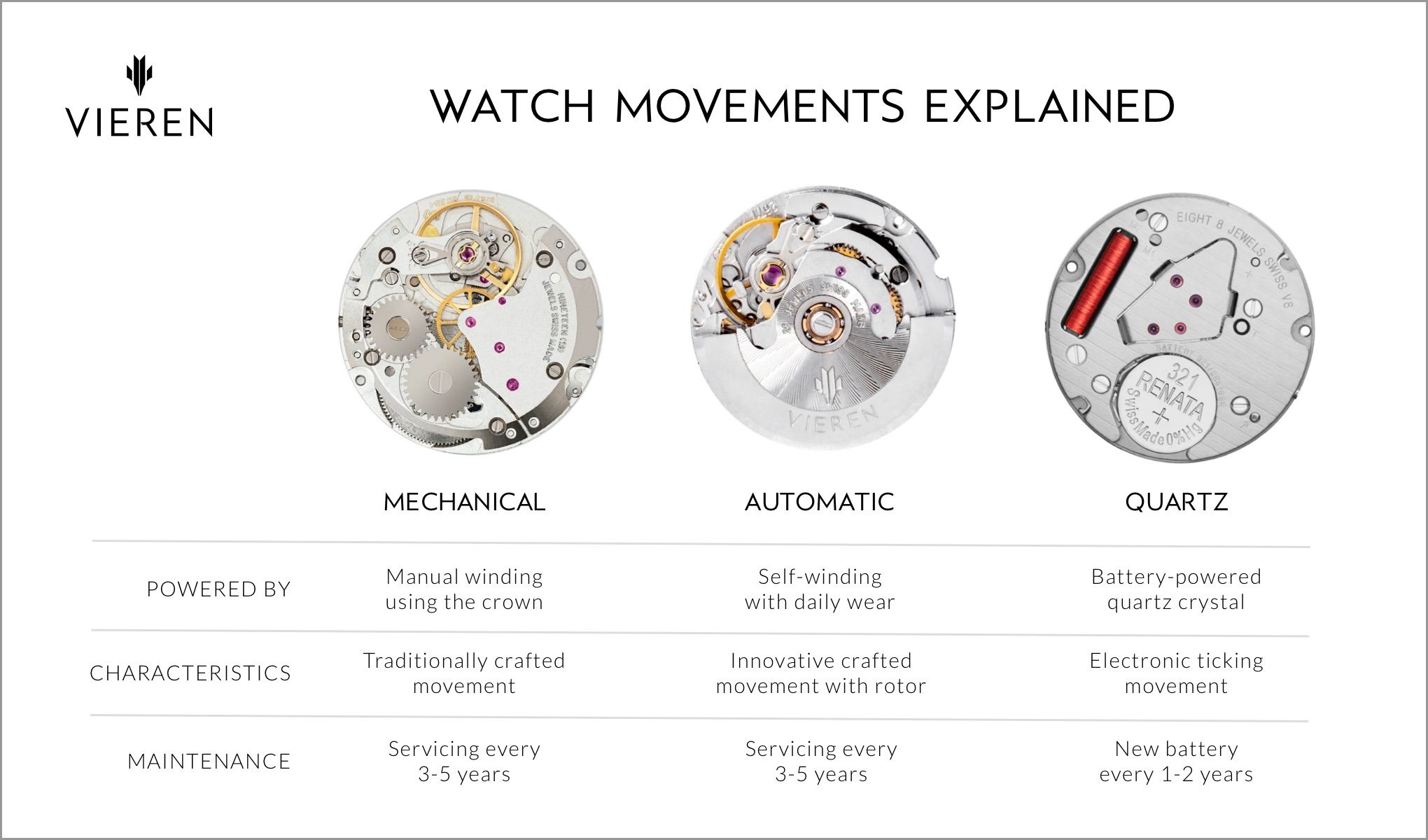

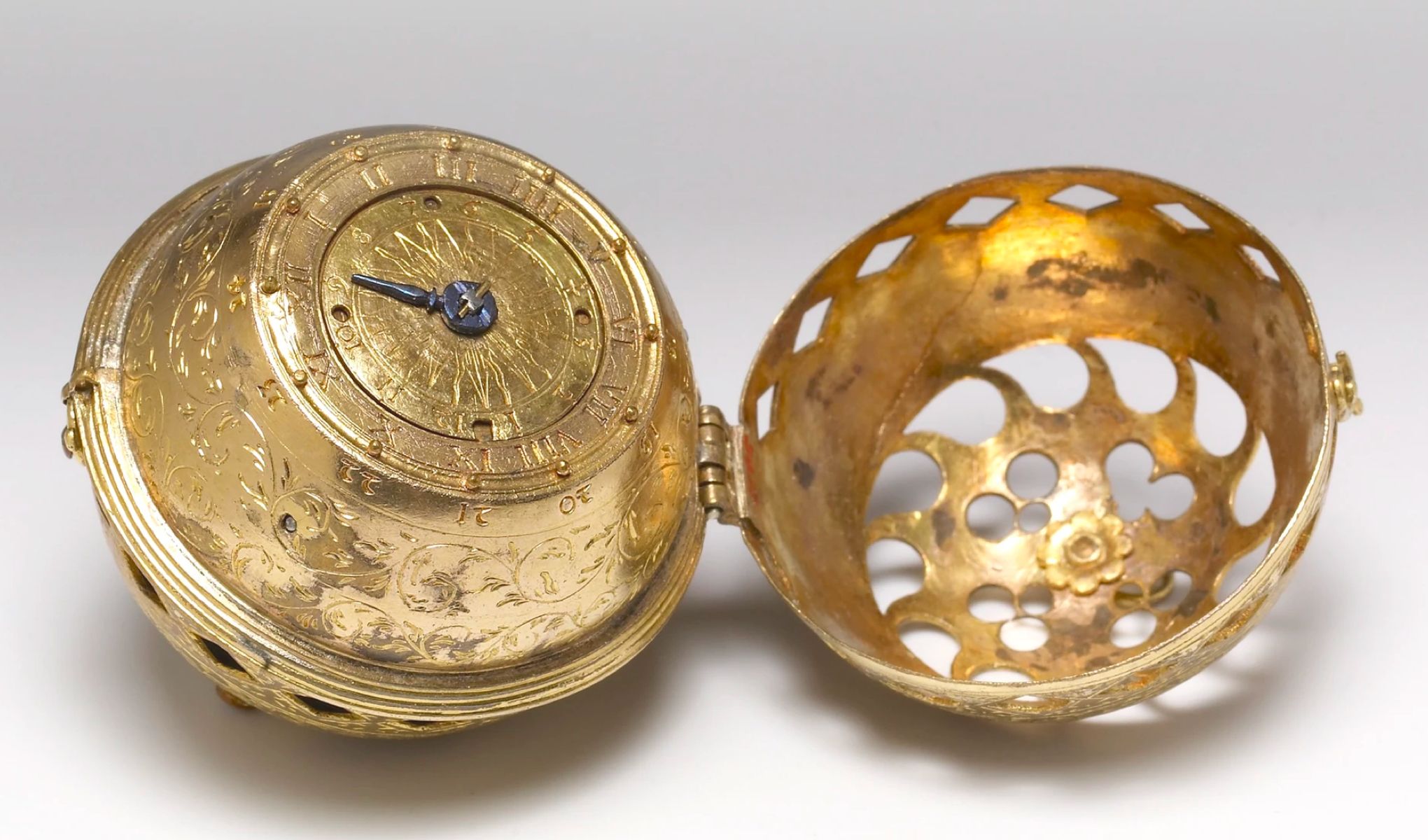

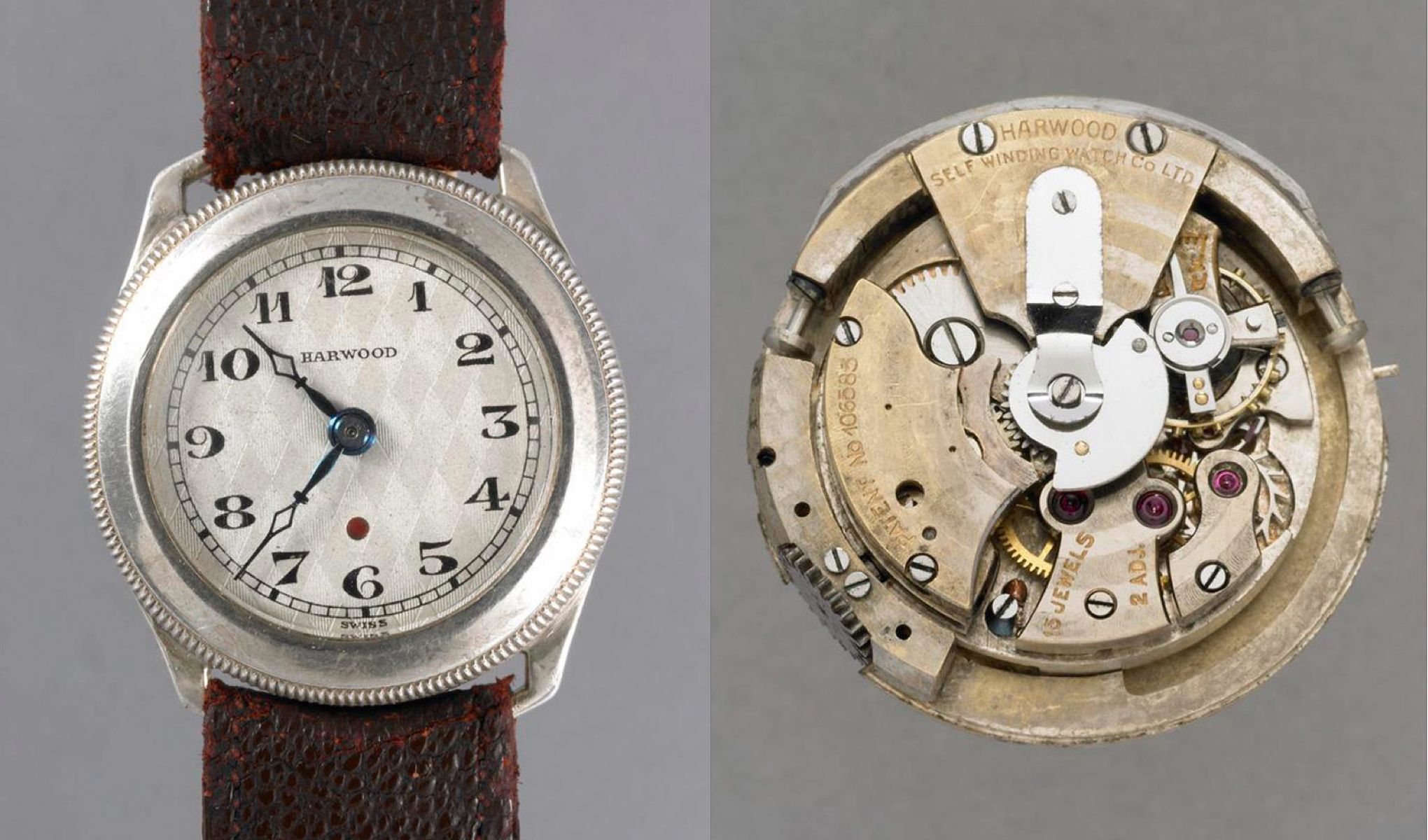

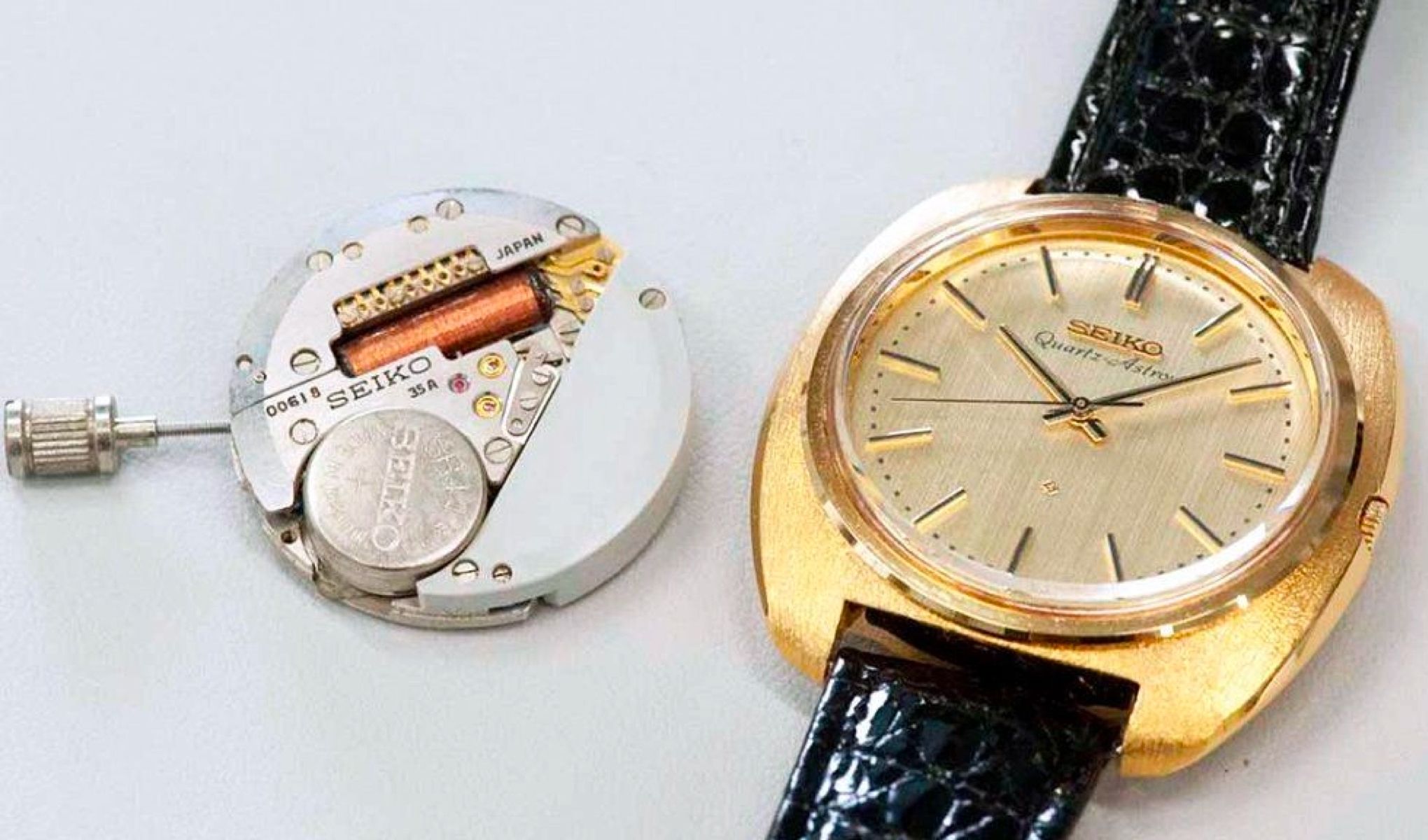

Observe the second hand's movement. In automatic watches, the second hand moves in a smooth, sweeping motion, while quartz watches typically feature a distinct ticking movement, advancing in one-second increments.
Observe the second hand's movement. In automatic watches, the second hand moves in a smooth, sweeping motion, while quartz watches typically feature a distinct ticking movement, advancing in one-second increments.
When selecting a luxury watch, understanding the movement is key to making an informed decision. The type of movement not only affects a watch's functionality but also impacts its maintenance, style, and value. Whether you appreciate the traditional craftsmanship of mechanical movements, the modern convenience of automatic movements, or the precise reliability of quartz, each type has unique benefits.
Choosing the right watch movement depends on your lifestyle and preferences. Each type has distinct advantages, so it’s important to select the one that best aligns with your needs. If you're considering an automatic watch, explore our guide on: 9 Expert Tips for Buying Your First Automatic Watch.
When selecting a luxury watch, understanding the movement is key to making an informed decision. The type of movement not only affects a watch's functionality but also impacts its maintenance, style, and value. Whether you appreciate the traditional craftsmanship of mechanical movements, the modern convenience of automatic movements, or the precise reliability of quartz, each type has unique benefits.
Choosing the right watch movement depends on your lifestyle and preferences. Each type has distinct advantages, so it’s important to select the one that best aligns with your needs. If you're considering an automatic watch, explore our guide on: 9 Expert Tips for Buying Your First Automatic Watch.
